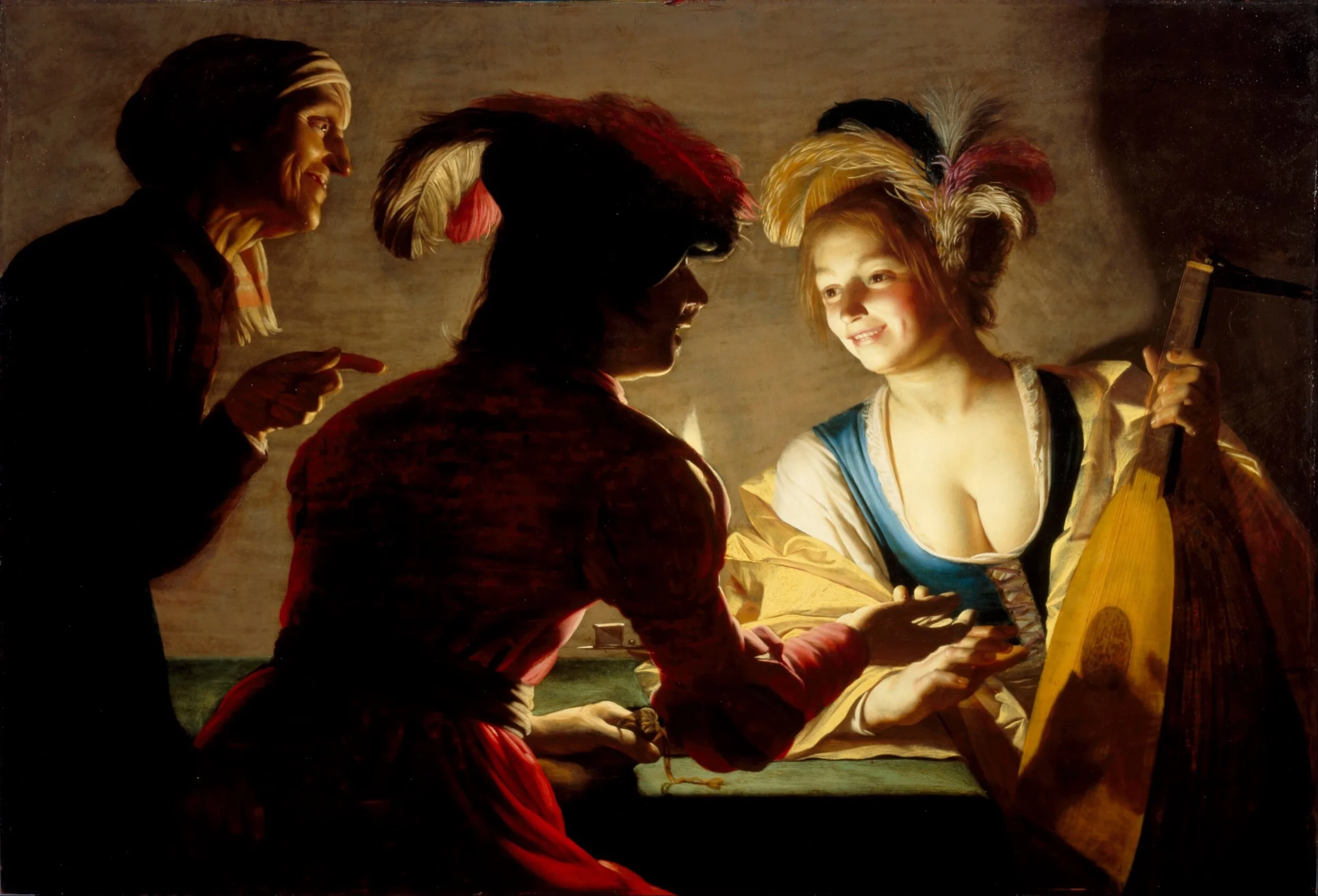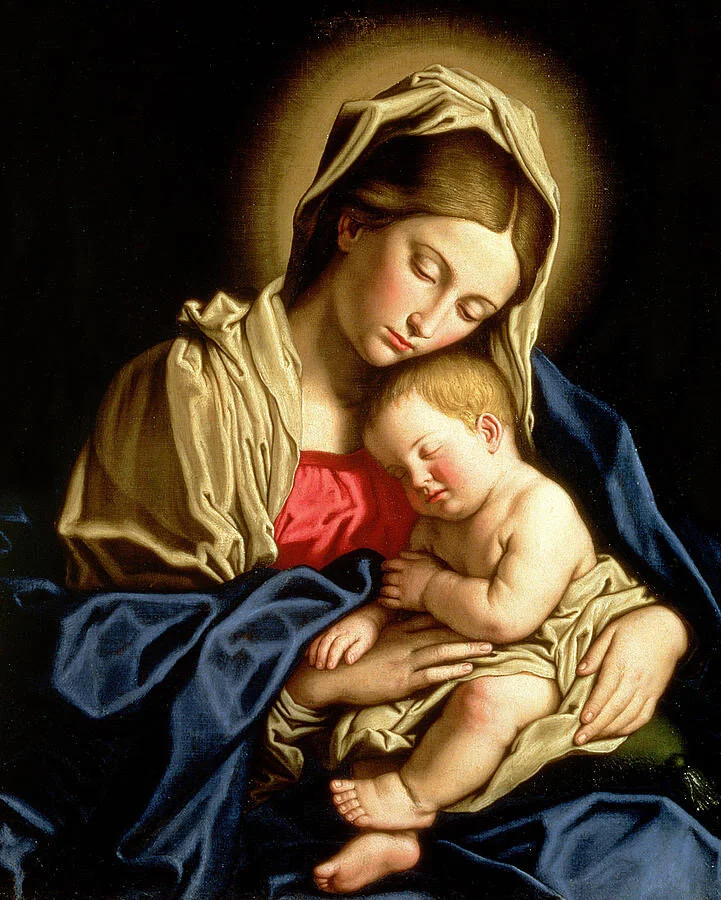Cleaning the Drapes from the Series House Beautiful: Bringing the War Home. Martha Rosler, 1967-72. Pigmented inkjet print (photomontage), printed 2011, 17 5/16 x 23 ¾” (44 x 60.3 cm). MoMA Photography Collection
Martha Rosler's famous photomontages exemplify the active fluidity of signs and signification as they are utilized in the artistic and visual languages present in deconstructionist theory. Rosler’s work derives from a practice of analysis, classification, and appropriation of photographs from the media that impacted America during the Vietnam War. The so-cherished images of the feminine mystique and the contemporary American family home unit, juxtaposed with the ones of war and masculinity, present not just a paradoxical relationship, but a paradigmatic one too. There is no possible fixation or certainty of the viewer on affirming whether the two material and psychological spaces represent the private/public duality of the inner/outer space. The foreground is openly exposed to the public, while the window in the background presents a new dimensionality. The scenes depicted here represent rejections of two interwoven facets of American culture: the grim and institutionalized entitlements of imperialism and patriarchy.
The idyllic image of the American housewife, alienated from the real world by the institutions of home, family, marriage, and marketplaces, takes on an aura of horror and despair against the image of the soldiers at war. The apparent contrasting image unveiled by the woman happily vacuum-cleaning the patterned yellow curtains disassembles the warm qualities of the ideal home by bleaching its colorful brightness into the colorless duotones of black and white, serving as a metaphor for the various “oppositional” binaries imposed by structure, fixed systems, and masculine values. The material “advantages” advertised by the masters of consumer products that purport to “improve” the domestic life of suburban housewives through commercial innovations are brilliantly revealed by Rosler to actually be linked to the moral turpitude of global imperialism. The various gadgets and appliances marketed to housewives can also be seen as objects of distraction that, through constant purchase and upgrading, sufficiently occupy the attention and obfuscate the conscience, so as to otherwise prevent a reckoning between the bourgeoisie trappings of the developing suburban United States and the cost paid in lives by the recipients of imperialist US foreign policy. The phallic power of the vacuum cleaner in the hands of the woman contrasted with that of guns in the hands of the men reflects their interconnectedness further. Rosler’s intent here is clear.
Barthes’ ‘Death of the Author’ not only liberated the demons of the artist aspiring to become God, but also opened up a space for the communion and strengthening of female voices, no longer standing alone. Barbara Kruger’s statement: “Your Body is a Battleground”, extends beyond the boundaries of the flesh. It is also represented in the works of many other feminist artists, including Martha Rosler, Laurie Simmons, and Louis Bougeoius, who also recontextualized and exposed the battles of home, market artifacts, public life, and so on. Through the blurred boundaries of private and public life, as revealed through the unveiling of the house’s window, Rosler breaks up the barriers of the coffin/box and challenges the contingency of binaries posited by structuralism, later countered by deconstructionist theory, exposing the interdependent nature of apparent opposites and the vanishing distinctions between the material and psychic life.














